Many newcomers confuse padel with pickleball, or even call padel “paddle ball,” but that’s not accurate. Padel is its own sport, with roots in Spain and Argentina, while pickleball was invented in the U.S. in the 1960s.
In this blog, we’ll break down padel vs pickleball in terms of courts, equipment, rules, scoring, and gameplay. By the end, you’ll know exactly which one might suit you better.
Globally, both sports are on a rapid rise. According to the LTA, padel is one of the fastest-growing sports in Europe, particularly in the UK, where new courts are being built every month. Meanwhile, Decathlon highlights pickleball’s explosive growth in the U.S., with millions of new players joining in just the past few years.
What is Padel?
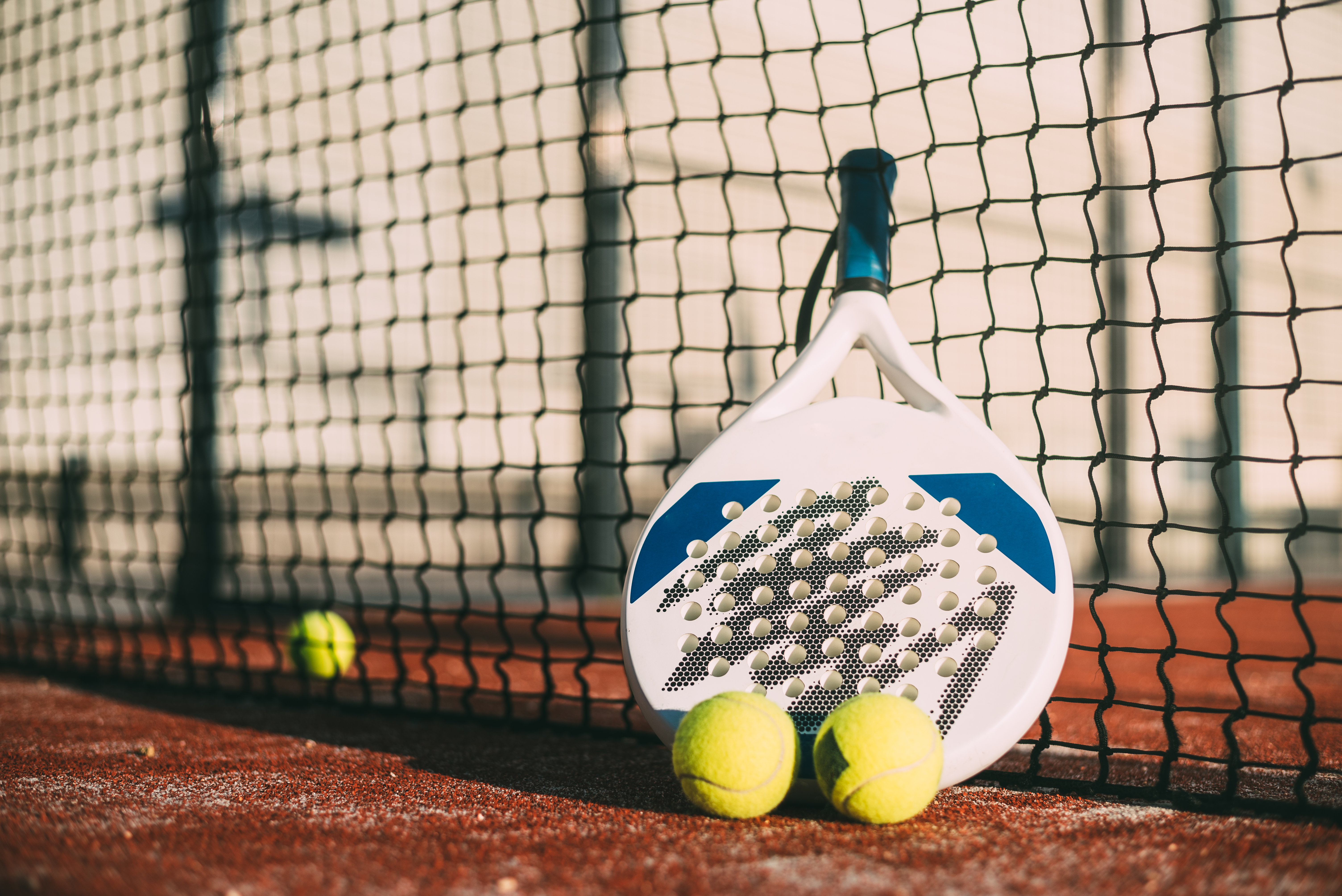
Originating in Mexico in the 1960s but popularised in Spain and Argentina, padel has exploded into a global phenomenon. Governed internationally by the International Padel Federation (FIP) and promoted in the UK by the Lawn Tennis Association (LTA), padel is now one of the world’s fastest-growing sports.
Padel is almost exclusively played in doubles, fostering teamwork and social interaction. The game is played on a fully enclosed court, typically 20m x 10m, with glass walls and metal fencing on all sides. Players can use these walls to rebound the ball, creating dynamic, fast-paced rallies that blend strategy and athleticism.
Thanks to its accessible learning curve and social nature, padel appeals to players of all ages, but especially to those who enjoy tennis with a twist. According to the LTA, padel participation in the UK has surged, with new courts opening nationwide and major investments in grassroots development.
What Is Pickleball?
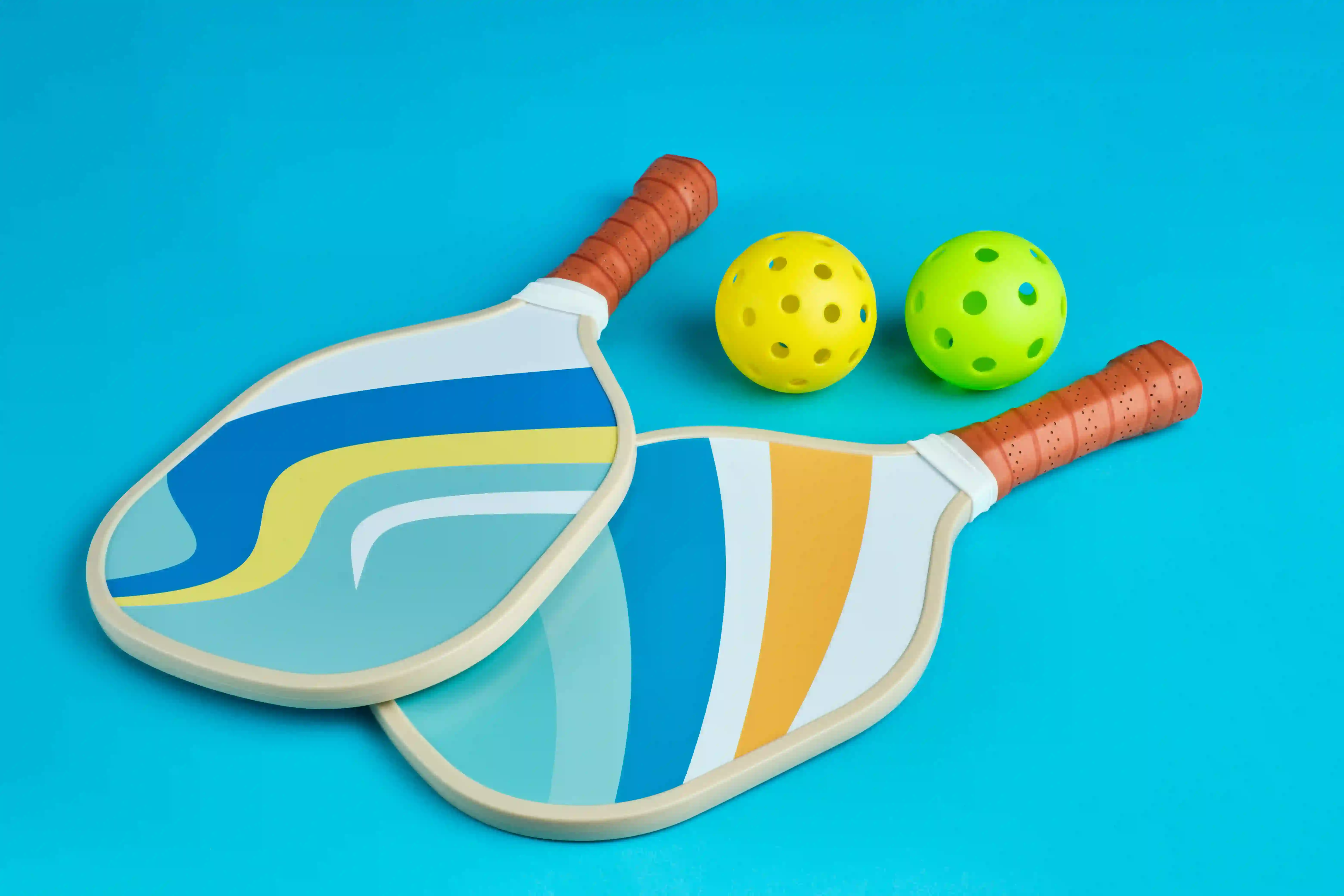
Born in 1965 on Bainbridge Island, Washington (USA), pickleball was invented as a backyard game for families. Today, it’s the fastest-growing sport in the United States and is gaining serious traction in the UK and Europe.
Unlike padel, pickleball can be played in both singles and doubles, making it highly flexible. The court is smaller (13.41m x 6.09m) and open-air, with no walls. Its defining feature is the “kitchen”, a 1.06m no-volley zone on either side of the net where players cannot hit the ball mid-air.
Pickleball’s low-impact nature, simple rules, and short rallies make it exceptionally accessible for seniors, juniors, and beginners. Retailers like Decathlon report soaring demand for pickleball gear, reflecting its broad demographic appeal and ease of entry.
Read More: Why is it Called Pickleball?
Why Is Pickleball More Popular Than Padel?
Global and UK Popularity Trends – Where Is Each Sport Growing Fastest?
While both sports are expanding rapidly, pickleball currently leads in global participation, especially in North America. The USA has over 4.8 million players, according to the Sports & Fitness Industry Association (SFIA). In contrast, padel dominates in Spain, Argentina, and parts of Europe, with over 25 million players worldwide.
In the UK, pickleball has a head start due to its minimal infrastructure needs. It can be played on converted tennis or badminton courts. Padel, however, requires purpose-built enclosed courts, slowing its rollout but not its momentum. The LTA’s investment in padel hubs suggests it’s catching up fast, particularly among urban fitness enthusiasts.
Court Differences of Padel and Pickleball
Court Size and Dimensions
A. Padel court: Measures 20m x 10m, roughly the size of a doubles tennis court, but it is always enclosed with glass or mesh walls. These walls are an active part of the game, allowing the ball to rebound and extending rallies.
B. Pickleball court: Measures 13.41m x 6.09m, the same as a standard badminton doubles court, and is played on an open surface without walls. This compact pickleball court size layout makes gameplay faster and emphasises quick reflexes and precise placement.
Layout and Key Zones
Padel courts mimic tennis, with two service boxes near the net. Pickleball uses service boxes connected to the baseline, plus the signature “kitchen”, a non-volley zone extending 1.06m from the net across the full width.
The Role of Walls in Padel
Padel’s glass and metal walls are game-changers. Players can legally let the ball bounce off the wall after it lands inbounds, enabling creative angles and extended rallies. In pickleball, no walls are used. Every shot must land within the court boundaries.
Can You Play Padel on a Pickleball Court (or Vice Versa)?
No. Padel requires walls and a larger, enclosed space. Pickleball can be played on multi-use courts, but padel cannot be adapted to open spaces without losing its core mechanics.
Padel and Pickleball – Equipment Compared
Racket and Paddle Design
- Padel racket: Solid, perforated, made of carbon fibre or fibreglass. Shorter than a tennis racket with a thick, rounded or diamond-shaped head for control or power.
- Pickleball paddle: Thin, solid plastic or composite, rectangular, max 24 inches in combined length and width. Lighter and simpler in design.
Ball Types and Bounce
- Padel: Uses a depressurised tennis ball, softer bounce, slower speed.
- Pickleball: Uses a plastic ball with 26 to 40 holes, reducing bounce and aerodynamics, ideal for short courts and controlled play.
Side-by-Side Comparison of Padel and Pickleball Courts
| Feature | Padel | Pickleball |
| Court Size | 20m x 10m | 13.41m x 6.09m |
| Court Type | Fully enclosed with glass walls & metal fencing | Open-air, no walls |
| Service Boxes | Near the net (like tennis) | Connected to the baseline |
| Key Zone | None | “Kitchen” – 1.06m no-volley zone from net |
| Walls Used in Play? | Yes – the ball can legally rebound off walls | No – all shots must land within the court |
Rules of Padel and Pickleball
Serving and Rally Rules
Both sports use an underarm serve, delivered diagonally into the opponent’s service box. The ball can bounce only once per side.
Use of Walls vs the No-Volley Zone
- In padel, according to the rules of padel, the ball can rebound off walls after a legal bounce. Shots hitting the wall before landing in the opponent’s court are out.
- In pickleball, players cannot volley (hit mid-air) while standing in the kitchen. Additionally, one bounce per side is required before volleys are allowed (the “two-bounce rule”).
Scoring Systems of Padel and Pickleball
Tennis-Style Scoring in Padel
Padel uses traditional tennis scoring:
- Points: 15, 30, 40, game
- Must win by 2 points; deuce at 40–40
- Matches are best-of-3 sets; 6 games per set (win by 2)
First-to-11 Point Scoring in Pickleball
Pickleball uses simple numerical scoring:
- First to 11 points, win by 2
- Only the serving team can score
- Score called as: server score – receiver score – server number (for example, 5–3–2)
Signature Shots in Padel and Pickleball
Key Shots in Padel
- La Chiquita: A soft, low-bouncing shot that drops just over the net, disrupting aggressive net play.
- La Bandeja: A controlled overhead “smash” with sliced spin to reduce bounce and maintain court position.
Key Shots in Pickleball
- The Dink: A delicate, soft shot that lands just inside the kitchen, forcing opponents to hit upward and creating openings.
Cost and Prize Money in Padel and Pickleball
Equipment Costs
A. Padel: Rackets in India typically start from ₹4,000 to ₹16,000, depending on brand and material (carbon fibre rackets being on the higher end). Padel balls cost around ₹250 to ₹500 per ball, and since padel requires fully enclosed courts with glass walls, access usually involves paid bookings at dedicated sports complexes or private clubs, especially in metro cities like Mumbai, Delhi, and Bengaluru.
B. Pickleball: Paddles are more affordable, ranging from ₹1,500 to ₹9,000, with beginner-friendly options widely available online and in sports stores. Balls cost just ₹150 to ₹400 each. Best of all, pickleball can be played on existing badminton or tennis courts. Many housing societies, gyms, and public parks are now marking temporary lines, making it a low-cost or even free option for casual play across India.
Professional Prize Money and Growth
Padel boasts larger professional tournaments (for example, World Padel Tour) with prize pools exceeding €1 million(₹9 crore) annually. Pickleball’s pro scene is newer but growing fast, with the Pickleball Premier League and MLP offering six-figure purses.
Similarities & Overlaps of Padel vs Pickleball
Despite differences, both sports share DNA:
A. Underarm serves: Both padel and pickleball require an underarm serve delivered diagonally into the opponent’s service box to start each point, ensuring a fair and controlled beginning to every rally.
B. Emphasis on placement over power: Neither sport rewards brute force; instead, players succeed by using precision, spin, and tactical shot selection, such as padel’s La Chiquita or pickleball’s dink, to outmanoeuvre opponents.
C. Doubles-focused social play: Padel is traditionally played only in doubles, while pickleball supports both singles and doubles, but both thrive on cooperative, team-based dynamics that encourage communication, fun, and social interaction.
D. Low barrier to entry for casual players: With simple core rules, minimal equipment (just a racket/paddle and ball), and slower-paced rallies compared to tennis, both sports are highly accessible to beginners, seniors, juniors, and recreational players.
E. Rapid global growth and community-driven culture: Fueled by inclusive, welcoming environments and easy-to-learn gameplay, both padel and pickleball are among the world’s fastest-growing racket sports, with expanding communities, local clubs, and grassroots initiatives, especially in the UK, Europe, and increasingly in India.
Which Is Easier for Beginners?
Accessibility and Learning Curve
Pickleball wins for absolute beginners. It has a smaller court, a slower ball, no walls, and simpler scoring. It’s ideal for seniors, families, or those returning to sport after injury.
Padel has a steeper initial curve due to wall dynamics and tennis-like strategy, but offers more physical engagement and longer rallies. It’s great for fitness enthusiasts and ex-tennis players.
Conclusion
So, padel vs pickleball. Which is right for you?
Choose pickleball if you want a low-impact, easy-to-learn game that’s perfect for all ages and requires minimal gear. Go for padel if you crave strategic depth, wall-based creativity, and a more physically demanding doubles experience.
Both sports offer fun, fitness, and friendship. With courts multiplying across the UK, there’s never been a better time to pick up a paddle or racket.
Ready to play? Find your nearest padel or pickleball court today and join the global racket revolution!
Download Playo on Android or iOS, or visit playo.co to start playing
Frequently Asked Questions
In padel, 40-40 is called “deuce,” just like in tennis. At this point, a team must win two consecutive points to win the game. The first point after a deuce gives that team “advantage.” If they win the next point, they win the game. If they lose it, the score returns to deuce.
Padel is older. It was invented in Mexico in 1962 and later popularised in Spain and Argentina in the 1970s. Pickleball was created in 1965 on Bainbridge Island, Washington, USA.
In the USA, the sport is still called “padel” (pronounced “pah-del”), though it is sometimes mistakenly referred to as “paddle tennis.” However, paddle tennis is a different sport. To avoid confusion, official bodies and clubs in the U.S. use the term “padel” to align with the global standard.
Padel is closer to tennis in terms of scoring, court layout (service boxes, net height), and doubles format. However, it borrows the use of walls from squash, allowing the ball to rebound off glass and metal surfaces. Despite this squash-like feature, padel’s rules, ball type, and gameplay rhythm are fundamentally rooted in tennis.
Not exactly. Padel uses depressurised tennis balls, similar in appearance to standard tennis balls but with lower internal pressure. This results in a softer bounce and slower speed, which suits the smaller, enclosed padel court and extends rally length. They are not interchangeable with regular tennis balls in official play.

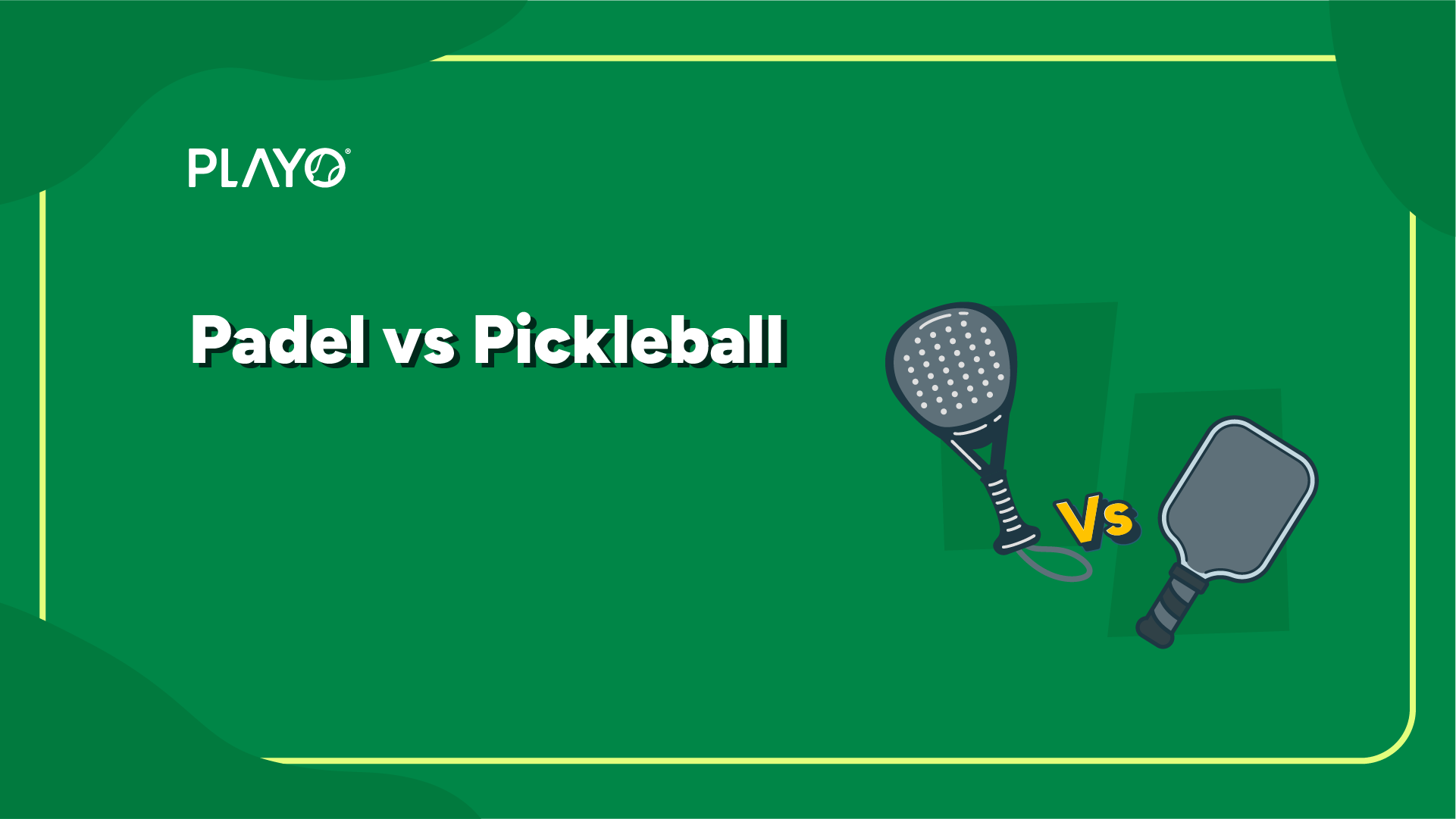
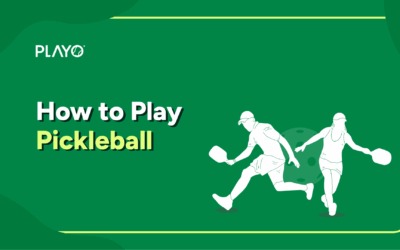
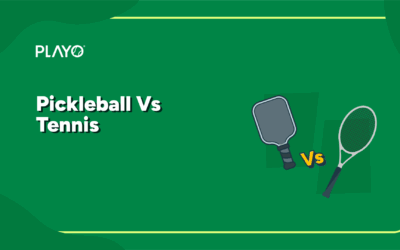
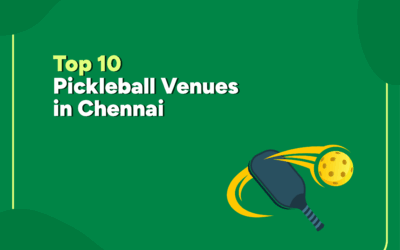
0 Comments